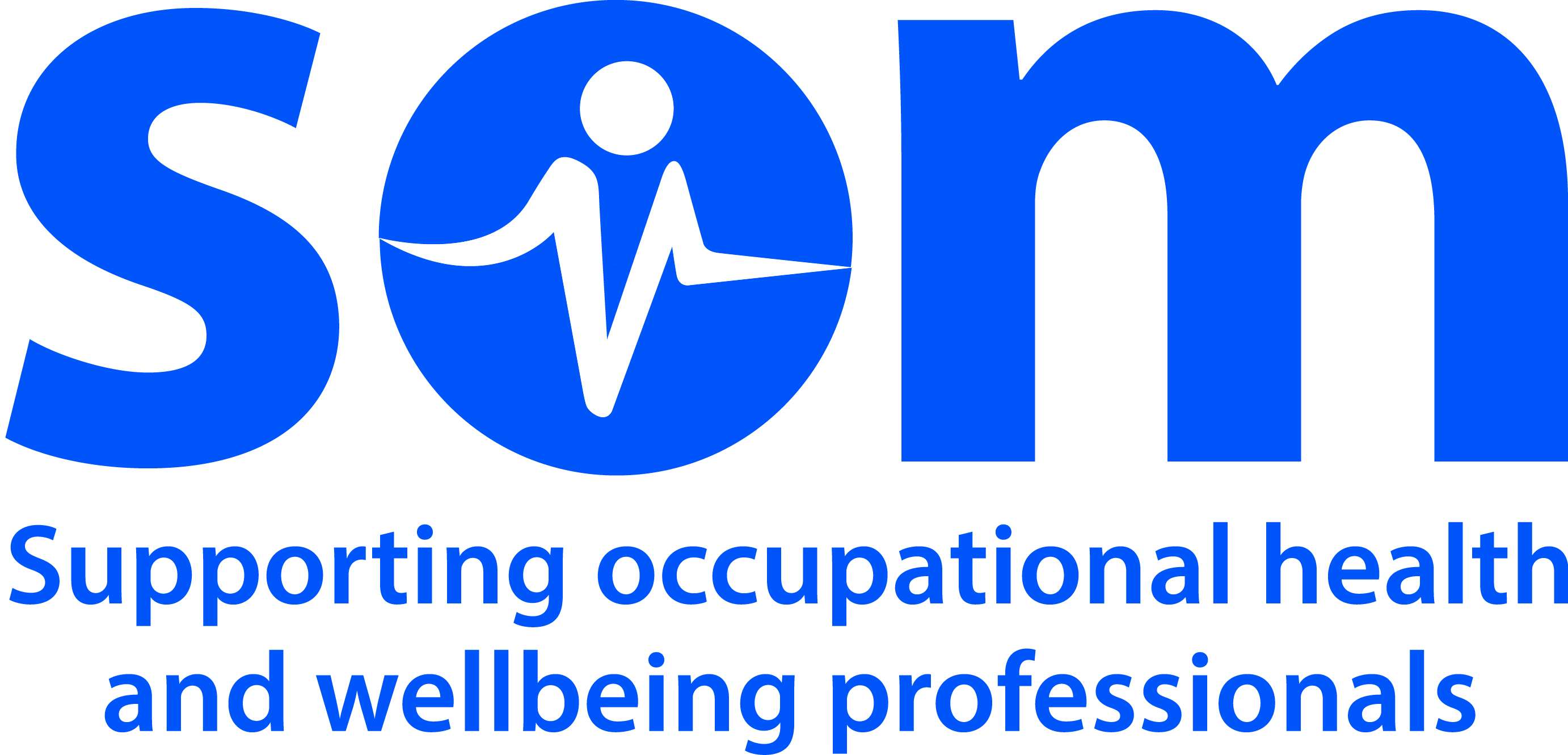Artificial Intelligence

Occupational Health Considerations
Artificial Intelligence is the misnomer given to the emulation of human intelligence by advanced silicon microprocessors and their associated software. The science has been around the mid sixties but true emulation has only been made possible by the advent of silicon wafers containing billions of transistors and the incorporation of hundreds of parallel numerical processors on one chip.
There are multiple models of artificial intelliigence but one stands out in its sheer applicability in modern situations: machine learning.
Historically in science, modelling of data has been performed using computers using mathematical equations. However writing maths equations that can recognise a cat or a dog is near impossible. Machine learning approaches this kind of problem in a non-equation orientated way.
Arguably machine learning is not an 'intelligence' at all. It invokes a virtual physical programmed model within the computer to emulate mammalian brain synapses through data may be processed in a stochastic manner rather in the understood manner of biological synapses. The model can be 'trained' to perform tasks such as reading human handwriting or recognising human faces. In some ways the machine can be thought of as being inert as it is only able to perform tasks it has been trained for using very large amounts of data. For example the Google machine learning algorithm that recognises drawn simple shapes such as houses or boats or cars uses ten of thousands of simple drawings made by humans of these very objects (see below) . In a sense the machine learning algorithm 'steals' the human experience and then mimics this. The results can be nothing short of astounding when the machine is asked to emulate 'collective wisdom' provided by large numbers of human opinions or outputs.
To illustrate this and for a bit of fun and as an excellent illustration of the method of machine learning online the user is directed to
https://quickdraw.withgoogle.com/
Using thousands of human drawings as training, the website will ask you to draw something and the learned machine will guess what you are trying to draw. If you 'play' with it (or indeed ask your children to do so) I would ask you to notice two salient features. The machine is not afraid to say it doesn't know and it is not afraid to guess. But that guess is always right. These are arguably important qualities of a productive clinician.
Clinical Aspects
It is the ability of machine learning algorithms to recognise patterns such as handwriting and shapes and behaviours that makes them especially suited to medicine. One could argue that medicine is a pattern-recognising discipline: I know what that is because Ive seen it before. Indeed machine learning models can be used to spot tumours in radiographs for example provided they have been adequately trained to do so by radiologists using historical films. They can also be used to track patient passage through inpatient facilities and flag likely hazards such as infection. Or in primary care to flag early disease patterns in elderly patients. They can listen to heart sounds and observe behavioural patterns in children in the consulting room.
In occupational medicine the possible applications are legion: machine learning is already assisting factories and predicting safety events based on historical patterns. The explosion of electronic sensors that can connect the computer to almost any physical measurement (strain, temperature, humidity, toxic gas, heart rate, sweatiness, respiratory rate) make possible the real time monitoring of workers health and occupational hazard prediction for the future, including stress related illness. Audiometric programs are ripe for oversight by machines that will almost certainly perform a more expert role than individual physicians.
My reflection

